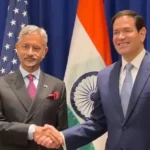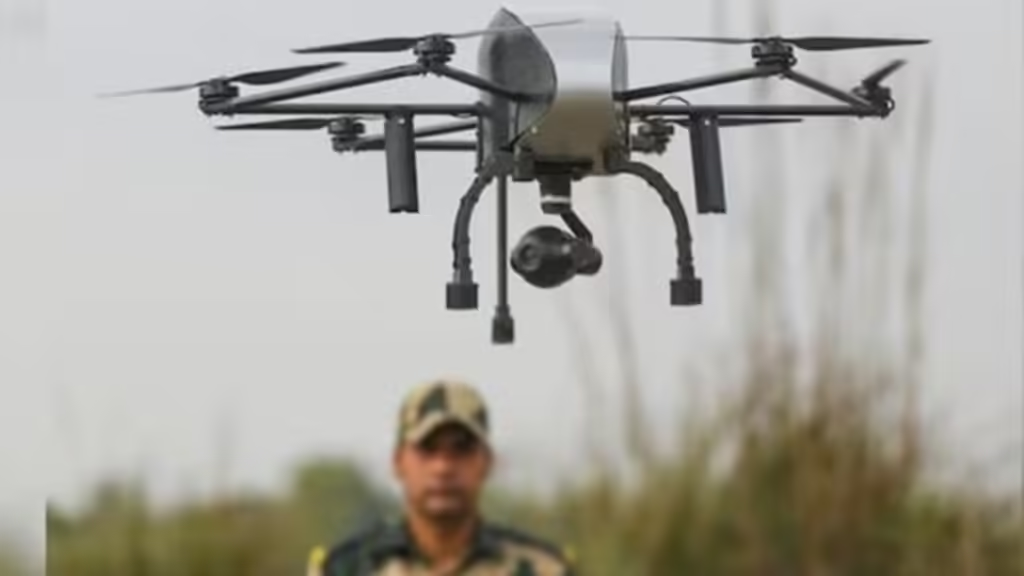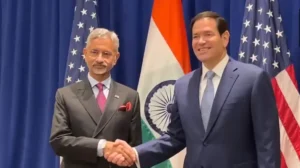India’s military landscape is set for a transformative leap as the Indian Army unveils its AI-powered warfare roadmap aimed at revolutionizing operations by 2026-27. The strategy focuses on integrating advanced artificial intelligence (AI) capabilities, from drone swarming to real-time battlefield monitoring, to make combat operations faster, smarter, and more efficient.
Operation Sindoor: Catalyst for India’s AI Defense Push
The AI transformation gained momentum after Operation Sindoor, where Indian forces used intelligent drone systems for precise strikes on terrorist infrastructure across Pakistan and PoK. The operation revealed the growing need for:
- Drone-based surveillance and combat
- Real-time battlefield data fusion
- Rapid decision-making via AI tools
These learnings now form the backbone of the Indian Army AI roadmap.
Indian Army’s AI Integration Plan
Key Highlights of the AI Roadmap:
- Drone Swarming: Deploying coordinated autonomous drones for surveillance, logistics, and strike operations.
- Intelligent War Rooms: AI-powered command centers that process real-time data from multiple sources—drones, satellites, and ground units.
- Large Language Models (LLMs): Integrated for threat analysis, document summarization, and secure communication.
- Predictive Maintenance: AI systems to pre-empt equipment failure and reduce downtime.
- AI in Procurement: Smarter decision-making in defense procurement and logistics.
- Tri-Service AI Coordination: Joint AI tools for the Army, Navy, and Air Force.
Real-Time Battlefield Monitoring & Data Fusion
One of the critical priorities of the DGIS AI Task Force (Directorate General of Information Systems) is to implement real-time battlefield monitoring through- AI-based data fusion of drones, radar, and surveillance inputs, Voice-to-text and facial recognition technologies, Smarter tools for OSINT (Open Source Intelligence) and cyber-threat detection.
AI and Drone Swarming Capabilities
Drone swarming is emerging as a force multiplier. Autonomous drones can now execute missions in sync, improving coverage, speed, and precision in both peacetime reconnaissance and battlefield scenarios.
This strategy directly addresses challenges posed by asymmetric warfare and border skirmishes, making the Indian Army’s battlefield operations more tech-driven and resilient.
Military AI Applications in Defense Technology
The Indian Army plans to adopt AI across multiple domains, such as:
- Navigation in GPS-denied zones
- Target recognition and engagement
- Decision-support systems for tactical operations
- AI-enabled threat detection and countermeasures
These tools are expected to enhance not only operational efficiency but also safety and mission success rates.
The Indian Army’s AI roadmap marks a significant shift toward intelligent, tech-powered defense. By embracing AI, drone technology, and real-time war room coordination, India is laying the foundation for next-gen military operations that are smarter, faster, and more efficient. With the roadmap anchored in operational lessons and powered by innovative words for conclusion, India is on track to becoming a global leader in AI-powered military strategy by 2026–27.












More Stories
iQOO 15 Launching November 26: Snapdragon 8 Elite Gen 5, 7-Year Update Promise & Everything You Need to Know
Why Cloud Seeding Failed to Bring Rain in Delhi: IIT Kanpur Director Explains
iPhone 17 vs iPhone 17 Pro vs iPhone Air: Price Comparison Across Key Markets